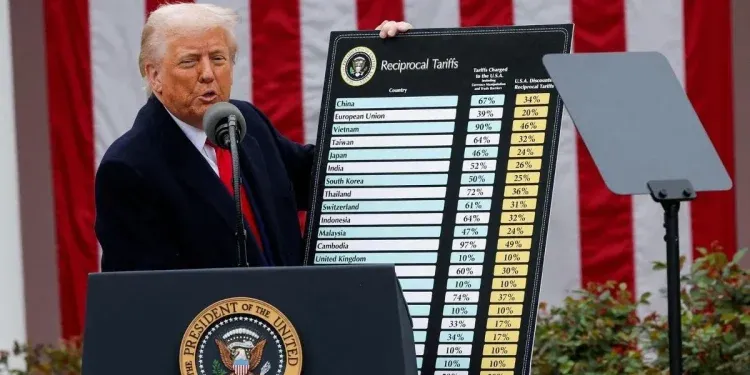Ireland’s critical pharmaceutical and semiconductor industries are bracing for the impact of new U.S. tariffs, following an agreement between the European Union and the United States to cap duties on these key exports at 15%. While welcomed as a “clear understanding” by the Irish government and European Commission, this new trade landscape presents significant economic challenges for the Emerald Isle.
The deal, struck on July 27th between President Trump and European Commission President Ursula von der Leyen, sets a 15% baseline tariff on most EU goods entering the U.S. This represents a substantial increase from the previous average of approximately 4.8%, though it successfully averted the more drastic 30% rate initially threatened by the U.S. administration.
For Ireland, a nation heavily reliant on exports, particularly to the U.S., the implications are profound. In 2024, Irish goods exports to the U.S. totaled €72 billion, with pharmaceuticals alone accounting for over €44 billion (more than 60% of the total). This makes the pharmaceutical sector particularly vulnerable to the new tariff regime.
Taoiseach Micheál Martin and EU trade negotiator Maroš Šefčovič have both affirmed the 15% cap for pharmaceuticals and semiconductors, even under U.S. national security reviews. The Irish government has stated that while tariffs would undoubtedly hurt, the 15% threshold provides a degree of predictability.
However, the economic ripples are already being felt. In the second quarter of 2025, Irish GDP contracted by 1%, marking the first decline in nearly two years. This contraction is largely attributed to exporters front-loading sales ahead of the initial tariff threat in April. With one-third of Irish exports destined for the U.S., equating to 12% of GDP, the sensitivity of the Irish economy to U.S. trade policy is clear.
Analysts estimate that a 15% tariff on branded pharmaceuticals could cost between $13 billion and $19 billion, with Europe’s, and especially Ireland’s, pharma sector bearing the brunt. Critics across Europe, particularly in France, have voiced strong disapproval of the deal, accusing Brussels of capitulating under pressure.
Despite the Irish government welcoming the deal as the “least-worst outcome,” concerns remain. Opposition figures highlight that increased tariffs could put up to 45,000 jobs at risk, even before accounting for the 15% rise above previous forecasts. Sinn Féin and other parties are urging the government to implement support packages for vulnerable industries. Irish business advocacy bodies, such as Ibec, while criticizing the perceived capitulation, acknowledge that the reduced uncertainty offers some breathing room for businesses to plan.
The agreement also includes broader commitments, with the EU pledging to purchase $750 billion in U.S. energy over three years and invest $600 billion in U.S. markets. Certain goods, including aircraft parts, some agricultural, and chemical products, may qualify for zero tariffs, though lists of these exemptions are still being negotiated, with Irish whiskey, wines, and spirits being particular points of focus.
Uncertainties persist despite the headline 15% figure. An internal legal review by the U.S. Trade Department could still alter the scope or timing of pharmaceutical tariff implementation. Furthermore, EU officials caution that the legalisation of the agreement may take weeks or months, and concerns linger about President Trump’s past flexibility with commitments.
Ireland now faces the intricate task of adapting to this shifting trade paradigm, balancing economic realities with the need to protect its vital export sectors and workforce.







